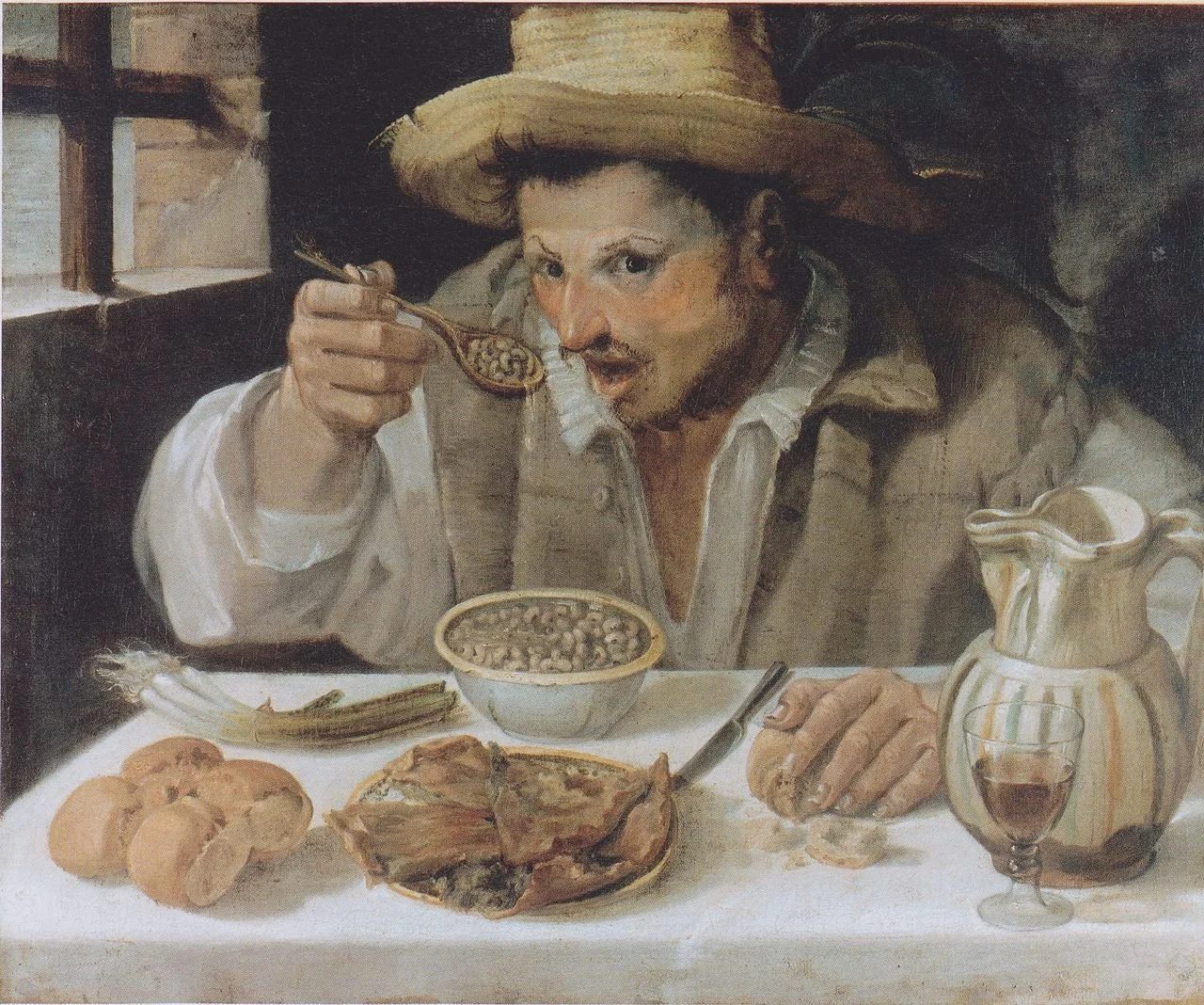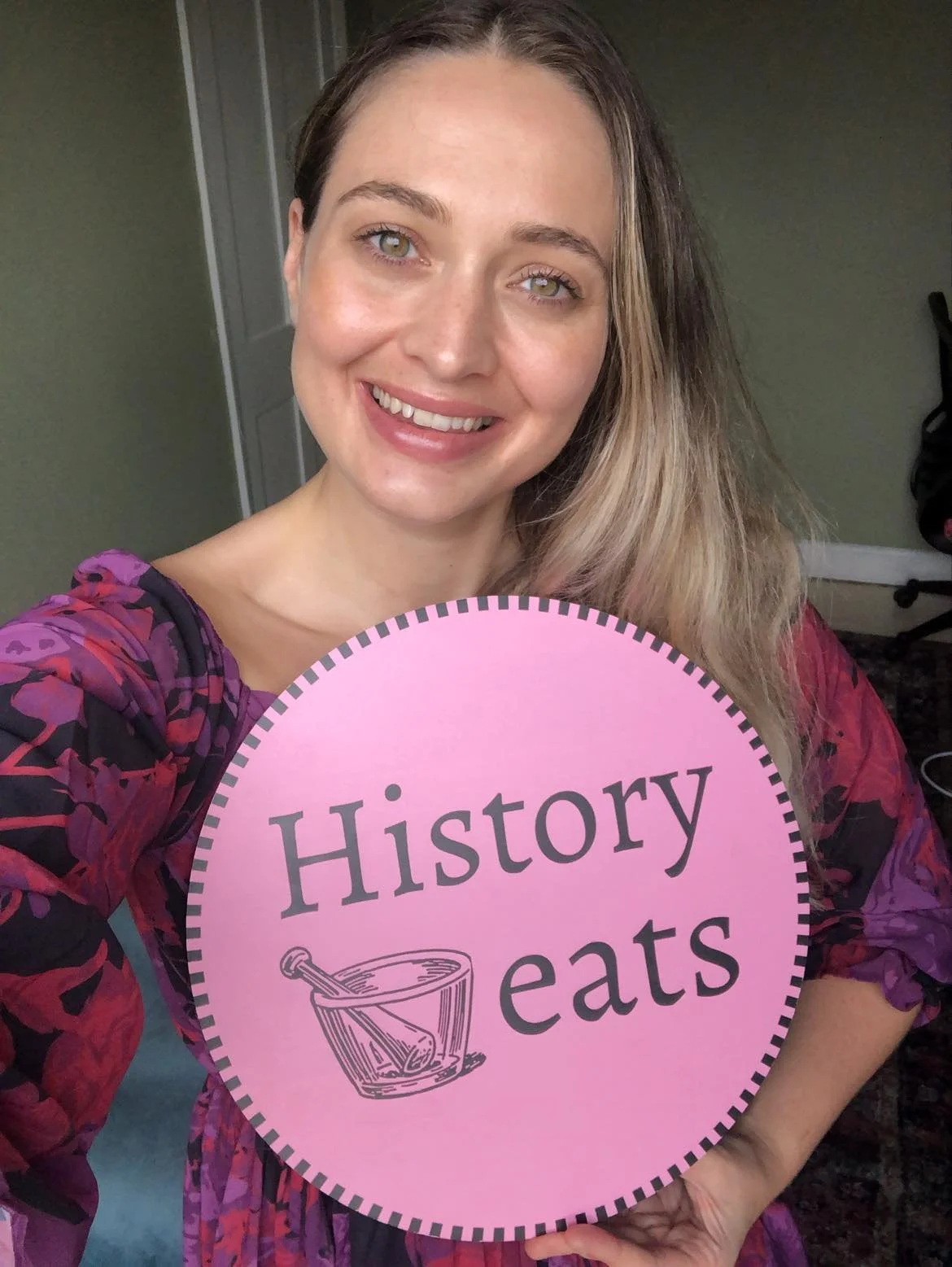Food in art history
Studying paintings and images of food is a wonderful way to reimagine the sights, smells, and tastes of historical meals that have been lost to the ravages of time. What’s more, artists have long used foods as symbols to express hidden meanings. With their many jewel-like seeds, pomegranates, for example, could be used a symbol of fertility in European Renaissance-era artwork. Thought to be an aphrodisiac, oysters, symbolised lust and sex. And while fowl was a sign of elite refinement, beans and garlic were among the foodstuffs designated to the poor in early modern thought.
I have a particular expertise in early modern European visual and material culture, and I have incorporated such into my own research and publications, as well as contributing to the curation of the ‘Feast & Fast’ exhibition on food in British history, which ran at the Fitzwilliam Museum in 2019. I am currently writing an essay on the history of food in British art for Dr Annie Gray’s forthcoming food history book.
My work on Instagram as @historyeats has led me to acquire an extensive knowledge base of food in art history across a broad range of time periods and from across the world. Each day, I post a new food history image along with information and facts about it and/or the foodstuffs depicted, and I continue to learn about food cultures and food in art history from my wonderful followers.



